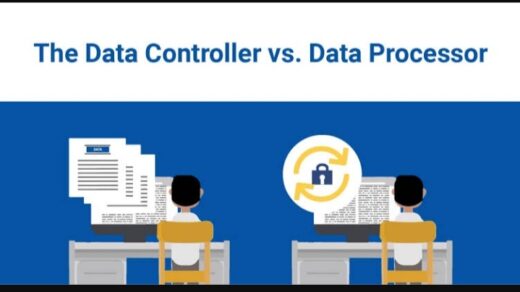In the realm of trademark law, the concept of a disclaimer plays a pivotal role in ensuring that the registration and use of trademarks strike a balance between protecting a brand’s unique identity and preserving the linguistic commons.
A disclaimer is a formal statement attached to a trademark application or registration, indicating that the applicant does not claim exclusive rights to certain generic or descriptive parts of the trademark.
This article delves into the significance of disclaimers, their legal basis under the Trade Marks Act, and their practical implications for trademark owners.
What is a Disclaimer?
A disclaimer in the context of trademark law is a statement that specifies certain elements of a trademark for which exclusive rights are not claimed.
Typically, these elements are descriptive, generic, or otherwise non-distinctive parts of the trademark that cannot, on their own, be monopolized because they are common to the trade or industry.
The inclusion of a disclaimer is an acknowledgment that while the trademark as a whole is protected, specific portions of it remain in the public domain for free use by others.
Legal Basis and Rationale
The legal foundation for the use of disclaimers in trademarks is provided under Section 17 of the Trade Marks Act. This provision underscores the principle that no entity should be allowed to restrict the use of language or symbols that are necessary for others in the same field to describe their goods or services accurately.
Disclaimers ensure that the trademark registration system does not impede the fair and free use of language, particularly terms that are essential for identifying or describing products and services.
For instance, in the hypothetical case of “Pamoja Mineral Water,” a trademark registration might include a disclaimer for the words “mineral water.” This signifies that while “Pamoja” may be protected as a distinctive element of the brand, “mineral water” remains available for all to use due to its descriptive character regarding the product.
Implications for Trademark Owners
The inclusion of a disclaimer does not diminish the overall protection accorded to a trademark. Trademark owners can still use the disclaimed elements as part of their brand identity; what the disclaimer does is clarify the scope of protection.
Specifically, it delineates the boundaries within which the trademark owner has exclusive rights, thereby facilitating the coexistence of trademark protection with the broader interests of industry and commerce.
Furthermore, disclaimers can play a strategic role in the trademark application process. By voluntarily disclaiming non-distinctive elements, applicants can sometimes overcome objections related to the lack of distinctiveness of their marks, enabling the registration of marks that might otherwise be refused.
Additional Information in Trademark Filings
Apart from disclaimers, trademark applications may need to include other types of information depending on the specific characteristics of the mark and the legal requirements.
This may include translations and transliterations (if the mark contains non-English words), indications that the mark is used in a series, limitations regarding the use of color, claims of priority based on earlier filings in other jurisdictions, and whether the mark is two-dimensional or three-dimensional. Each of these elements serves to clarify the scope and nature of the trademark protection sought.
Conclusion
Disclaimers serve as an essential tool in the nuanced landscape of trademark law, ensuring that the dual objectives of protecting individual business interests and preserving the public domain are met.
By understanding and effectively using disclaimers, trademark owners can navigate the complexities of trademark registration, securing the protection they need while respecting the linguistic and symbolic commons essential for industry and commerce.




